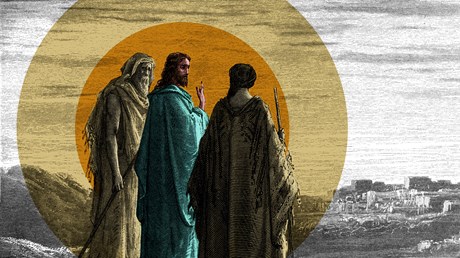This ad will not display on your printed page.
On Friday afternoon they took him down from the cross, as dead as a man can be. On Sunday afternoon he walked most of the seven miles from Jerusalem to Emmaus with two of his disciples. He had broken through the death barrier, and was alive and well once more on planet Earth. For 40 days before withdrawing to the glory where now he lives and reigns he appeared to those who had been his followers and friends. Why? Because he loved them, and wanted them to have the joy of seeing him alive; because he had to explain to them his saving achievement and their role as witnesses to him; and, last but not least, because some of them were in emotional and spiritual distress, and needed the therapy that was uniquely his. All this is reflected in the Emmaus Road story (Luke 24:13–35).
Who were the patients to whom the Great Physician ministered there? One was Cleopas (v. 18). The other, not named by Luke, lived with Cleopas, and it is natural to guess (though not possible to prove) that it was Mary, wife of “Clopas” (John 19:25) and mother of James (Mark 15:40), who was at the cross when Jesus died. (In that case, Cleopas was Alphaeus, James’s father.) I shall assume that it was husband and wife trudging home that day. They went slowly; most people do on a long walk, and they were sharing perplexity and pain at Jesus’ death. Their spirits were very low. They thought they had lost their beloved Master forever; they felt that the bottom had fallen out of their world. They were in the shock of a bereavement experience, and hurting badly.
Now picture the scene. Up from behind comes a stranger, walking faster, and falls into step beside them. Naturally they stop discussing their private misery, and there is silence. When we know that grief is written all over our faces we avoid looking at other people because we do not want anyone to look at us, and I imagine this couple swiveling their heads and never facing their traveling companion at all. Certainly, “their ...


